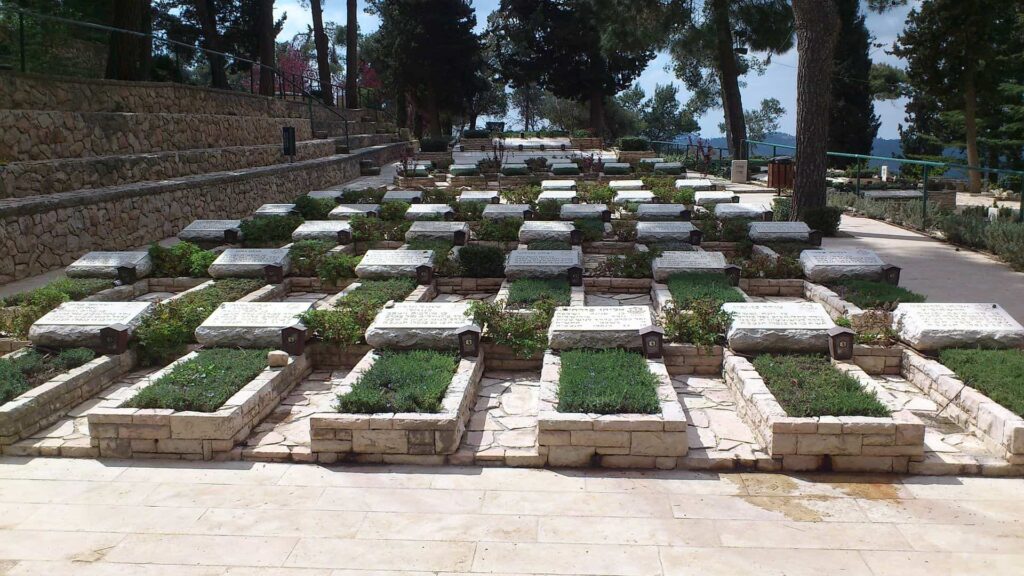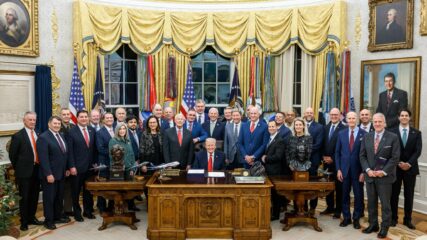January 16, 1948
A convoy of 35 Haganah men carrying supplies on foot to the blockaded settlements of Gush Etzion is spotted by Arab civilians around daybreak after departing from Hartuv at 11 the night before. Still about an hour from the Gush Etzion kibbutzim along a roundabout route meant to avoid detection by Arabs or British troops, the convoy is cut off by Arab fighters, and an all-day battle begins. All 35 men are killed. British soldiers based at a nearby police station, who do not intervene during the battle, report that the Arabs mutilate the Jewish bodies.
The Haganah began trying to resupply the besieged Gush Etzion bloc, south of Jerusalem, in mid-December, but each effort was blocked. Some 600 Arab troops attacked Gush Etzion on Jan. 14, and the commander of the bloc, Uzi Narkiss, demanded another resupply attempt. A motorized convoy couldn’t make it through, so the mission was attempted on foot. The Haganah sent 38 men from a unit called the Mountain Platoon, but three turned back in the night: one who sprained an ankle and two others who assisted him.
The massacre and mutilation of what becomes known as the Convoy of 35 horrify Jewish residents across Mandatory Palestine. The bodies are recovered after the War of Independence and are buried on Mount Herzl in Jerusalem. The Israeli government builds a monument along the convoy’s route in 1949; that monument has increasingly become a target for vandals.









